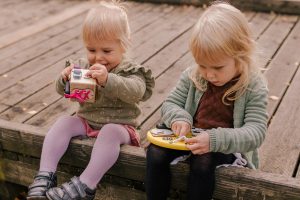
Gifts for 3-year-olds that entertain and teach
Finding the right gifts for three-year-olds can be a challenge. We want our gifts not
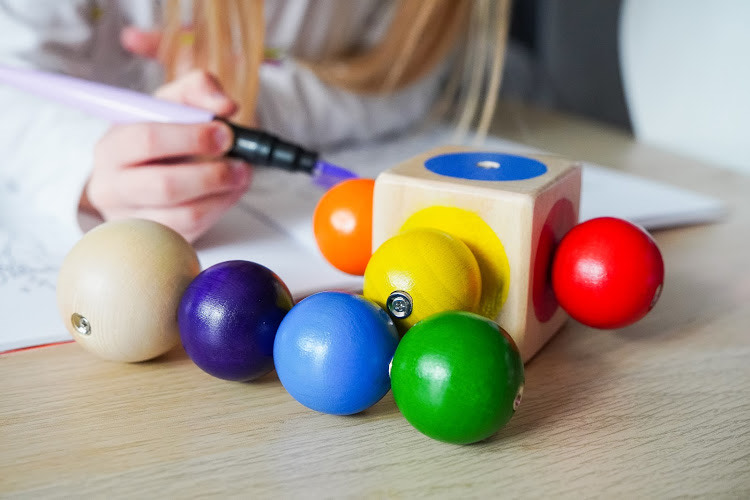
According to color preferences, we decorate interiors and select closet. We surround ourselves with colors constantly. However, many of us do not know that colors, in addition to their aesthetic function, also have an underestimated therapeutic function.
Color therapy can have a salutary effect on our mood, well-being, energy resources and motivation for action. In the case of children, it is all the more valuable because toddlers only learn emotional self-regulation as they get older. Therefore, properly selected colors in the environment of the youngest is an excellent support for their development.
Colors affect us in different ways. The color red adds energy and stimulates action, green – calms, relaxes vision and helps regain harmony of mind and body, blue – calms and facilitates falling asleep, yellow – helps fight sadness, revitalizes brain function, improves memory and concentration, violet – soothes the nervous system and improves mood.
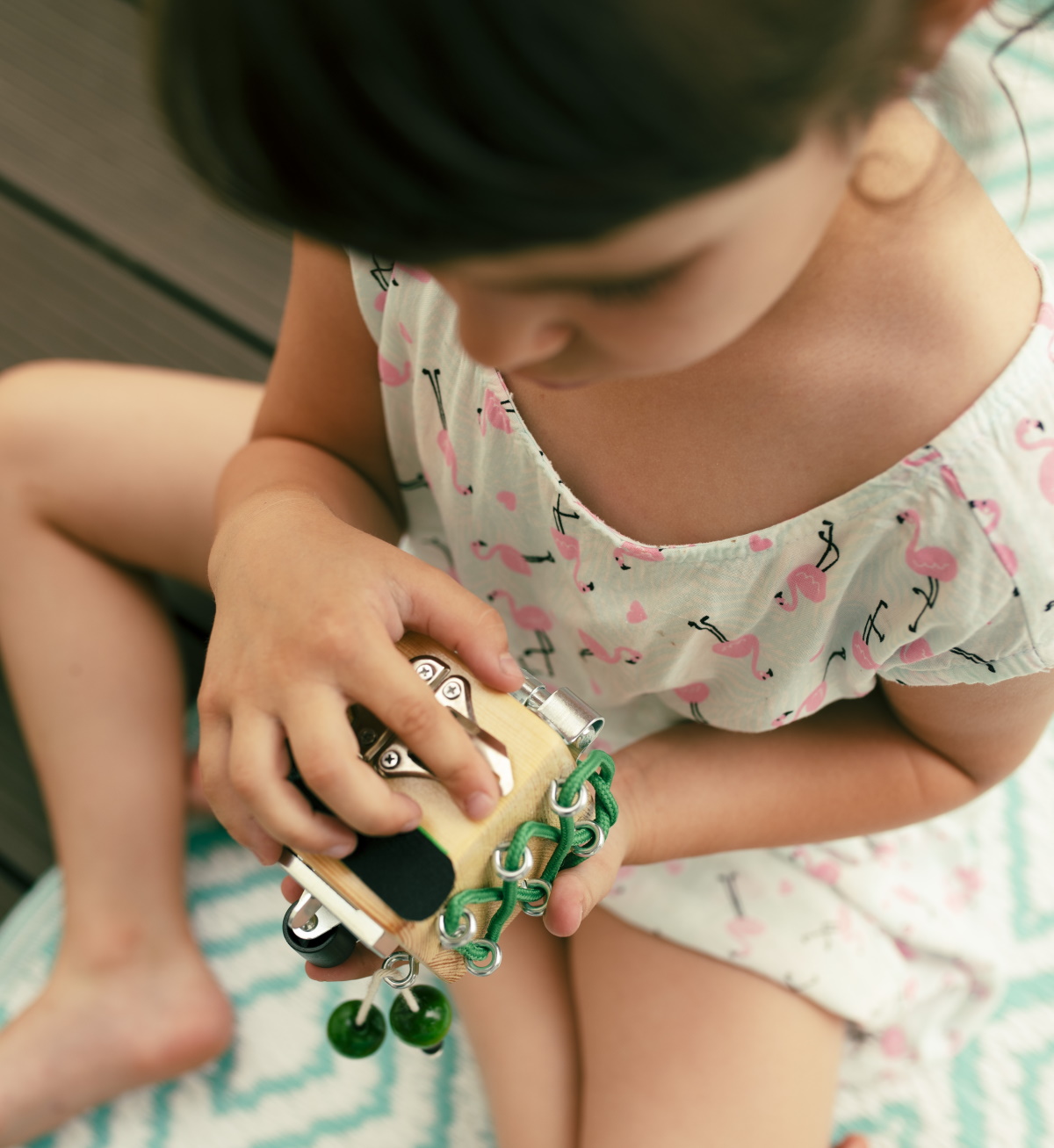
Wanting to take advantage of the beneficial properties of color therapy in the daily life of our child, the most important thing is (in addition to the appropriate choice of colors, of course) the principle of moderation. Too diverse a color scheme in a child’s environment causes overstimulation, which over-stimulates the nervous system and negatively affects mood. That’s why it’s a good idea to go for toys and objects that support the development of the toddler, but are at the same time subdued, friendly and individually selected to the needs and temperament of the child.
Little Dragon’s wooden manipulative cubes are small-sized educational aids that teach by entertaining and entertaining by teaching. On the cubes in natural wood color are attached elements of everyday use. Among the four collections created according to a color key (yellow, red and blue, green, and purple and pink), you can choose a cube for each child based not only on their motor abilities, but also on their emotional needs and mental development.

Finding the right gifts for three-year-olds can be a challenge. We want our gifts not
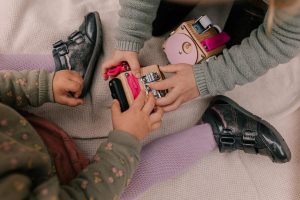
Toys can play a significant role in the process of sensory integration in children. How
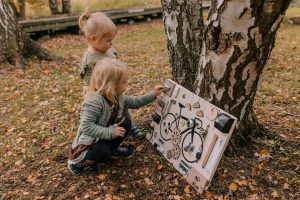
The manipulative boards are not only toys, but also tools for developing creativity, cognitive and
| Cookie | Duration | Description |
|---|---|---|
| cookielawinfo-checkbox-analytics | This cookie is set by GDPR Cookie Consent plugin. The cookie is used to store the user consent for the cookies in the category "Analytics". | |
| cookielawinfo-checkbox-functional | The cookie is set by GDPR cookie consent to record the user consent for the cookies in the category "Functional". | |
| cookielawinfo-checkbox-necessary | This cookie is set by GDPR Cookie Consent plugin. The cookies is used to store the user consent for the cookies in the category "Necessary". | |
| cookielawinfo-checkbox-others | This cookie is set by GDPR Cookie Consent plugin. The cookie is used to store the user consent for the cookies in the category "Other. | |
| cookielawinfo-checkbox-performance | This cookie is set by GDPR Cookie Consent plugin. The cookie is used to store the user consent for the cookies in the category "Performance". | |
| viewed_cookie_policy | The cookie is set by the GDPR Cookie Consent plugin and is used to store whether or not a user has consented to the use of cookies. It does not store any personal data. |